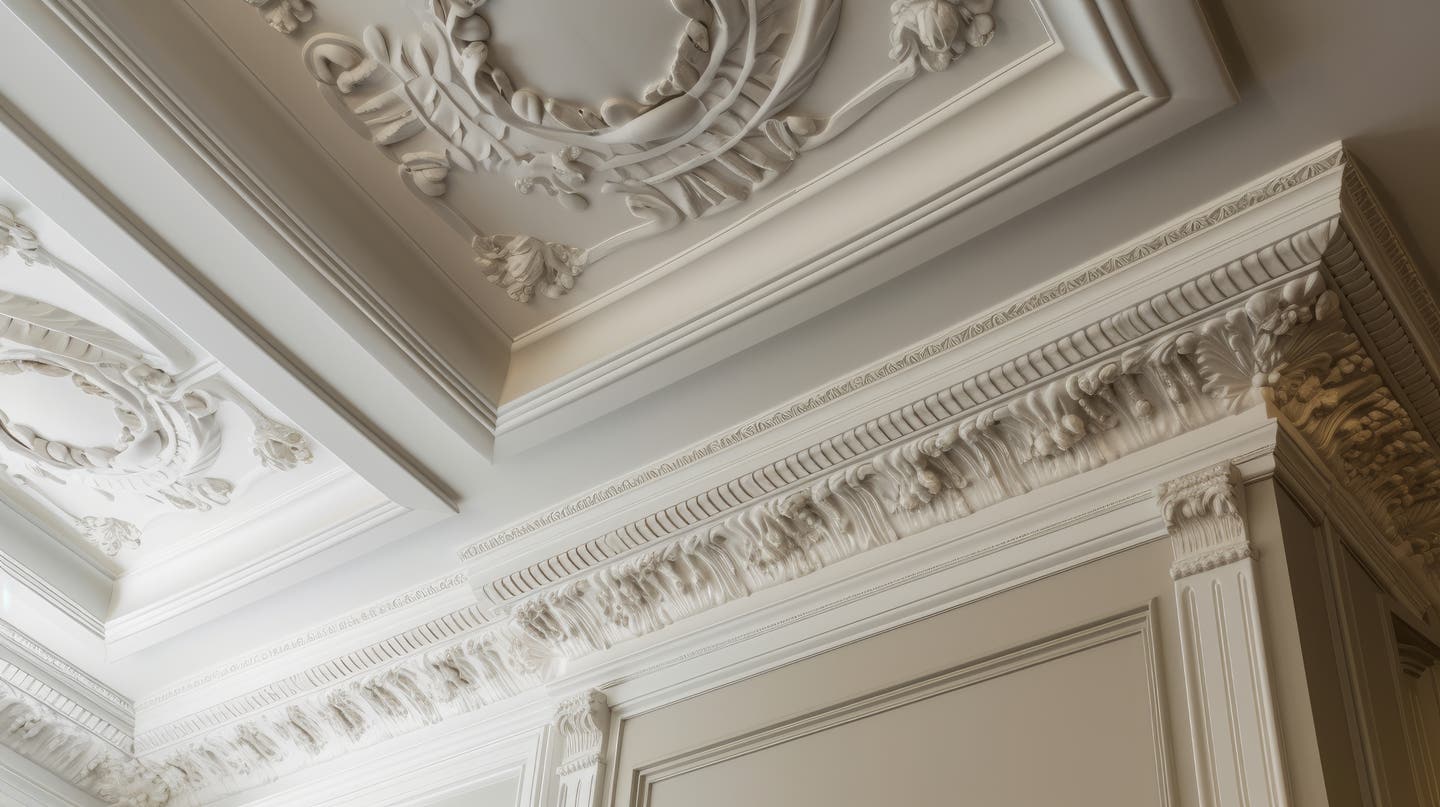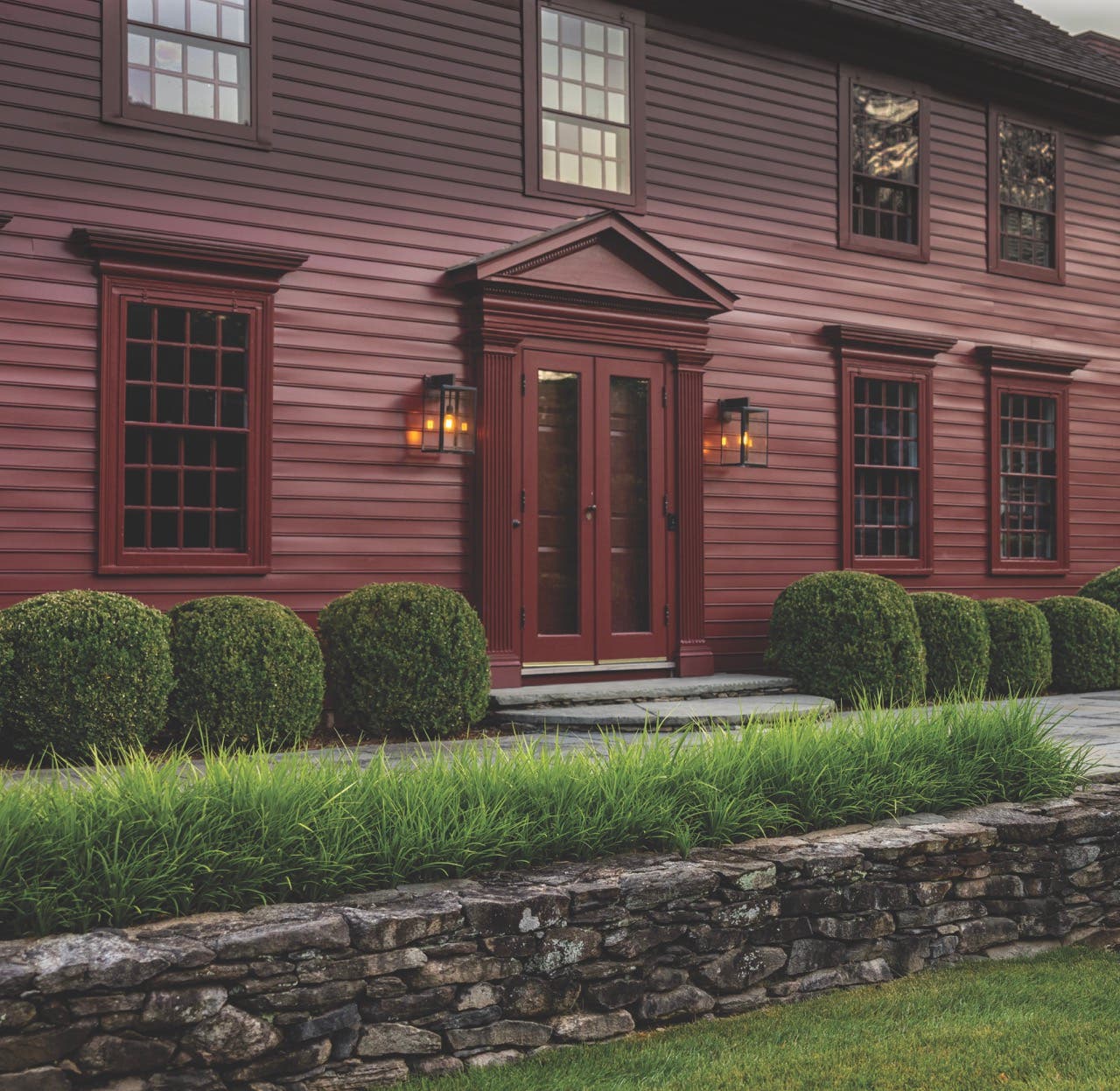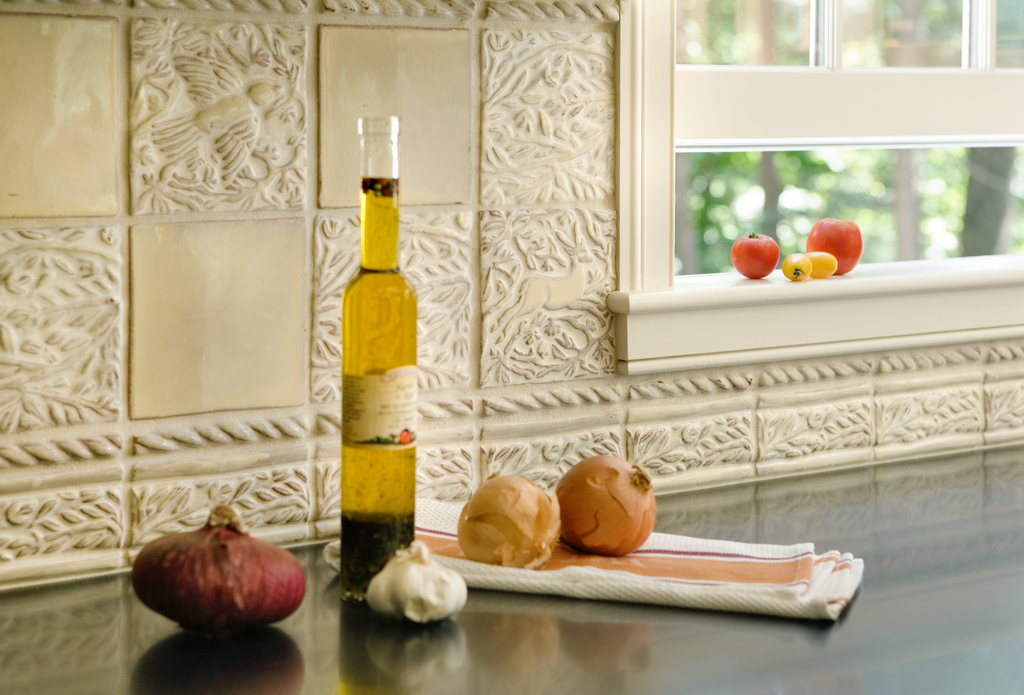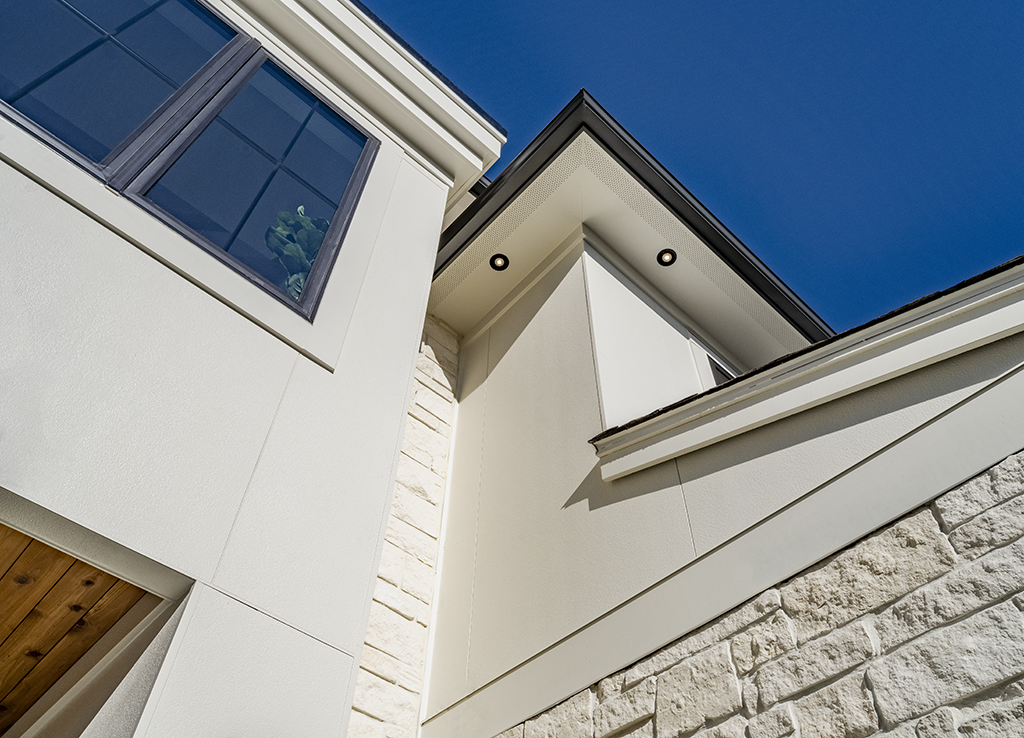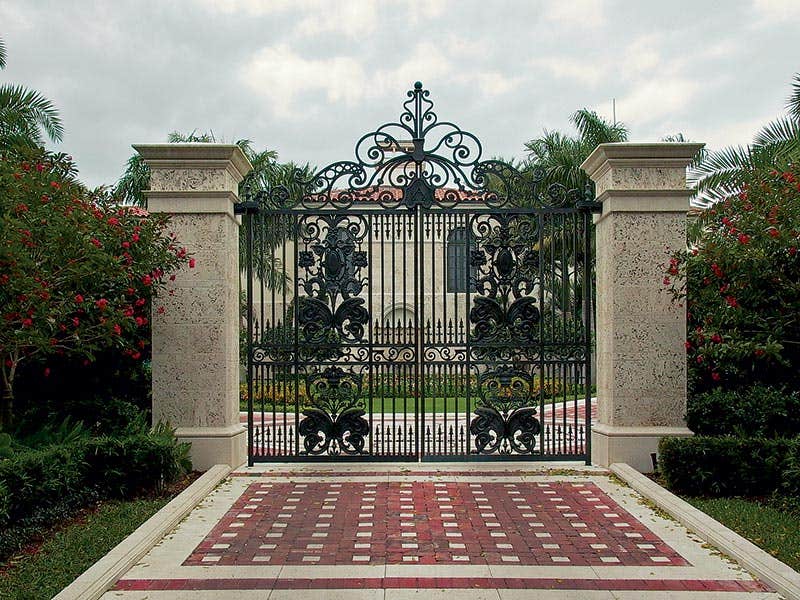
Product Reports
The Ins And Outs of Ornamental Metal Driveway Gates

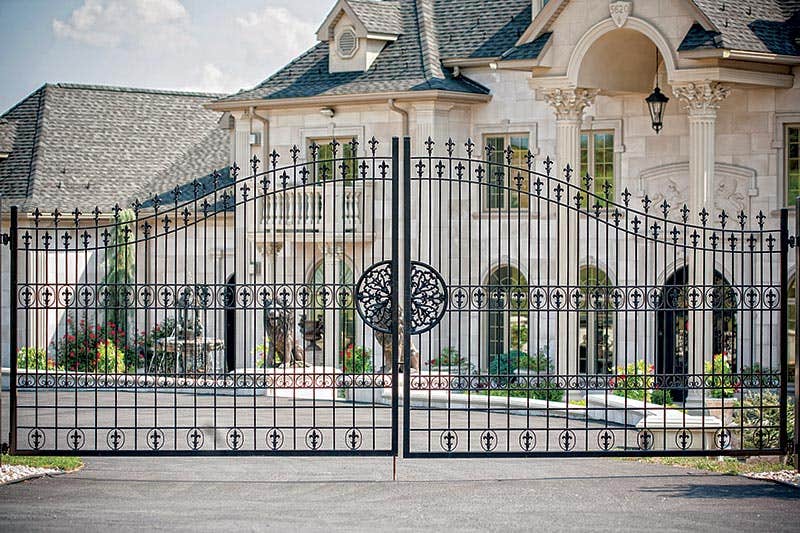
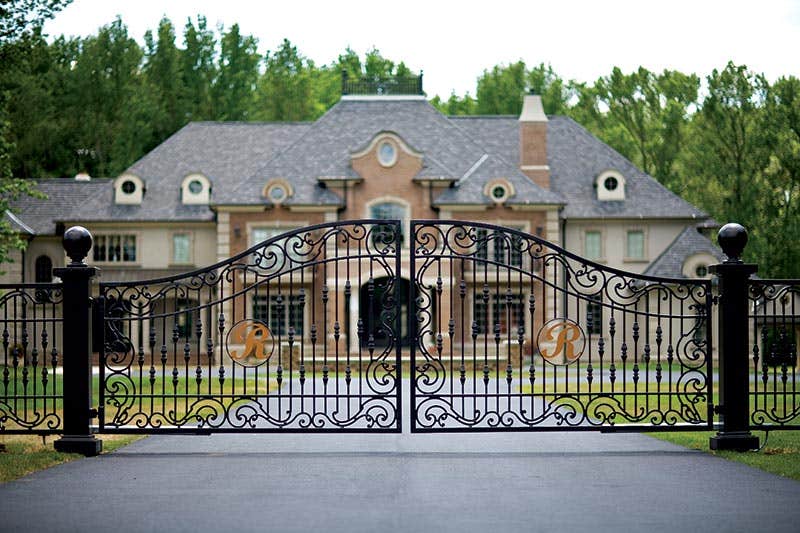
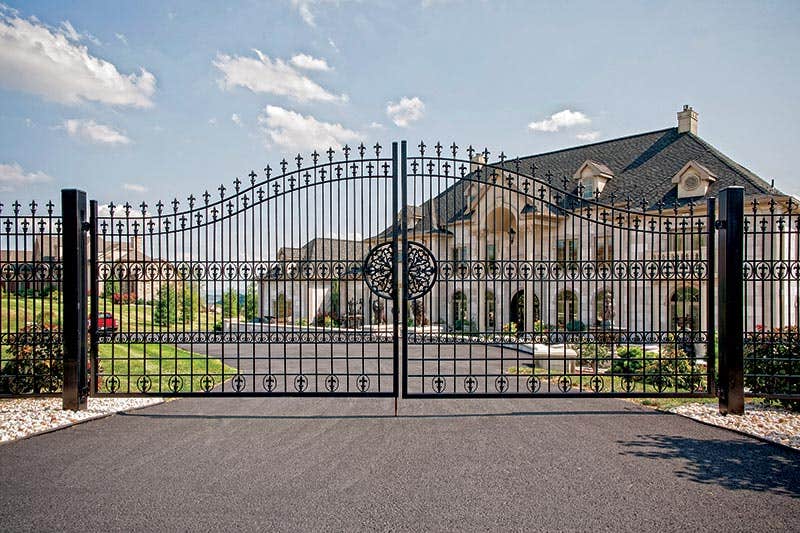
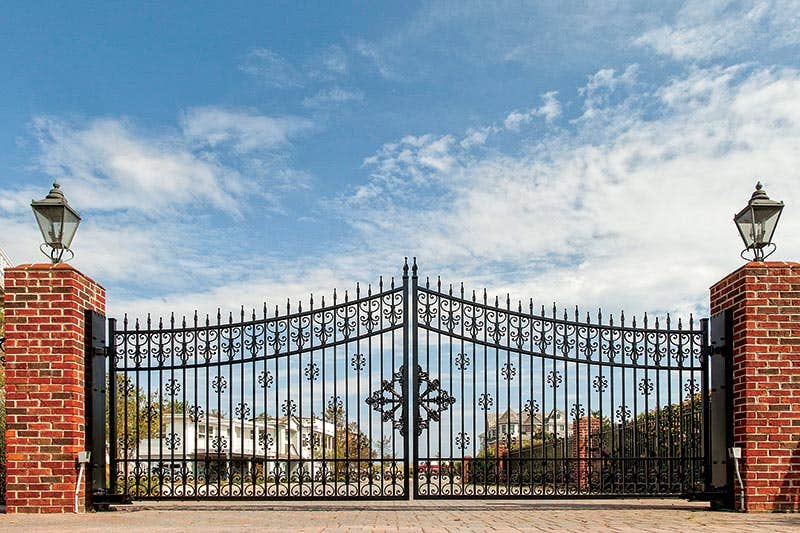
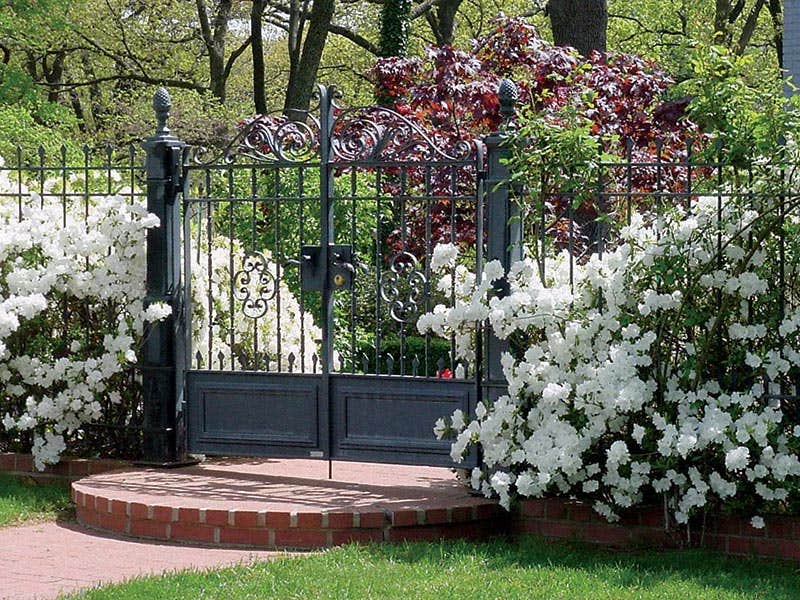
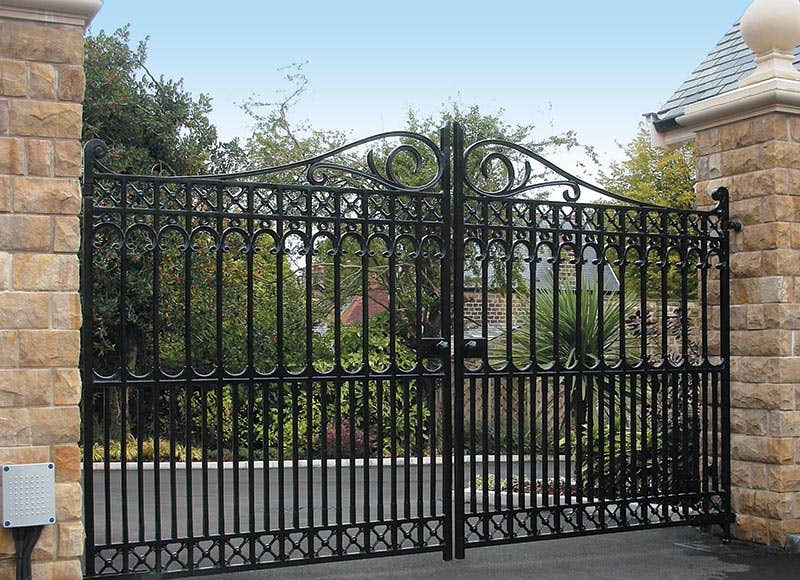
Contrary to what you might expect, ornamental metal driveway gates ideally start not with their aesthetics or construction but with defining the mechanics, or operating system, that allow them to open and close. Explains Robert Baird of Historical Arts and Casting, Inc. of West Jordan, UT, “Typically this is determined by 1) how far the gate has to span; and 2) what the client is trying to do. Some gates you can swing on hinges but others you can’t because there is too much deflection over the span.”
He notes that many of his massive gate commissions are built on a stainless-steel structure and then clad with aluminum – or even bronze – making them very heavy to move. “That is always our biggest challenge,” he says, “devising ways to engineer a gate so that it will remain stable and be able to withstand operation, moving thousands and thousands of times without sagging.”
The process has its chicken-and-egg aspect, however. Amos Glick of Compass Ironworks in Gap, PA, observes that there are benefits to at least preliminarily spec-ing the gate design. “It will give you a feel for the weight and size,” he says, “and that dictates the opener.” Along the same lines, he adds that in some cases gate fabricators are not involved nearly enough in the project. “The architect may feel that they need to ‘get moving’ with site work and masonry first, and that they can always hang the gates later – and, in fact, they can, but that approach can open up other issues down the road.”
Moreover, metalwork and mechanics are only part of what is typically a much larger project. As Doug Bracken at Wiemann Metalcraft in Tulsa, OK, points out. “Many of our clients start with the idea of a pretty gate to control access or for added security, but in most cases that is just a small part of the project.” He notes that the spectrum of disciplines can include security contractors, landscape contractors, electrical contractors, footing and masonry contractors and, finally, the gate fabricator. “Many clients, especially first-time buyers, are shocked by the costs associated with the gate peripherals – the operator(s), telephone entry systems, emergency access box, reversing loops in the driveway, conduit underneath the driveway, tie-in to the security system – and have blown their original budget before they have even purchased a gate!”
Making the Most of Metals
Wood is still used for driveway gates, but metal remains the material of choice. “You can build a gate out of any metal you want,” says Baird, “but each has its limitations.” He notes that steel is probably the most common gate metal. “Aluminum is substantially lighter, so it lends itself to doing certain things, such as spanning large distances that you can’t do with big steel gates,” he adds. “A challenge with cast iron is that you are typically building the gate out of steel, and then maybe applying cladding to it with cast components. And then bronze is among the most ornate with the longest lifespan, so it probably has the best value over time.”
Bracken agrees about choosing the right metal for the project. “If you are up against the ocean, you may want to select aluminum or stainless steel as the base material. For a fabricated or wrought-iron gate, a duplex coating of galvanizing and urethane paint or powder coatings will give the longest-lasting results.” Glick notes that about 60 percent of his company’s work is in solid, aircraft-grade aluminum. Next is iron, but they also get the call for stainless steel, bronze, and even Cor-Ten steel.
James O’Neil at O.K. Foundry in Richmond, VA, makes the point that architects and clients have an often-overlooked opportunity in custom reproducing historic cast-iron elements. “When somebody comes to us with a beautiful, existing example of, say, a post, and says, ‘I want to copy this exactly,’ that is actually a low-cost approach because the design is well-defined, it has been made before, and you have a benchmark for whether you are hitting the client’s expectations.” Furthermore, it presents the chance to get design qualities otherwise un-obtainable in our age. “Whoever did the original modeling for that piece was a real artisan – almost a sculptor,” he says. “It is very rare today to see custom-designed cast iron; if somebody can’t pull it off the shelf, it is not going to happen.”
Openers and Hinges
If mechanics can drive gate design, what drives the design of mechanics? “Gate operators themselves are very powerful,” says Bracken. “For example, many models can push gates that are 700 to 1000 lbs. per leaf.” With those demands in mind, there is no economy in cutting corners.”
“The conversation we have all the time is about cost versus value,” says Baird. “People don’t understand that just because you pay less for something in the beginning does not mean you are buying value.” He cites a gate his company built 30 years ago for an ocean-side installation in New Jersey. “The gates operate beautifully, but the client put in the cheapest opener they could find, and it failed and failed until finally they gave up and open the gates manually.”
Climate has an impact on operator selection too. “It pays to rely on local gate operator installation firms for knowledge about what is working successfully in your area,” says Bracken. “An operator that works well in Phoenix may not work as successfully in Boston.” He adds, “Suppose your installation is limited to a solar-powered gate operator? These have limits on the weight of the gate they can push – something less than 300 lbs. – so perhaps aluminum is the best choice for this circumstance.”
As for hinges, “They really depend upon the type of operating system,” says Baird. He notes that for the massive gates he builds, where the gate rests on and is rotated by the hydraulic operator in the ground, there is a bearing system in the head of the gate. “There may also be some bearing points or hinges off the piers to support the gate. We build all those kinds of hinges; custom knuckle hinges; ball-bearing pintel hinges.”
Bracken adds that hinge selection is often the fabricators job. “There are a wide range of driveway gate hinges available in the ornamental metal marketplace,” he says. “Cantilevered sliding gates are increasingly popular, and a lot of really good European suppliers offer off-the-shelf systems that did not exist five years ago.” With specialty installations, or gates powered by an in-ground operator (which typically carries the weight of the gate), the upper hinge will often be custom-fabricated. “Marrying the hinge to a post and gate – which may all be different materials – is a crucial part of the operation and requires experience for proper sizing,” he says.
When stock won’t do, the experienced metalwork company can provide the unique solution. Baird describes a commission for a wide ranch gate. “The pivot is a huge, heavy-walled steel tube that rides over another piece of tube on the inside. It is like a huge barrel hinge, with Teflon spacers inside and packed with grease, where the gate becomes the hinge.”
In fact, Glick makes the case that hinges should get more attention than they do. “People worry about what the gate is going to look like,” he says, “but hinges perform an all-important job. If the architect or client chooses a poorly designed or constructed hinge, it can sentence their project to a lot of operator breakdowns and other hassles.”
Baird says that what people don’t understand is that a gate has to be not only operable but also serviceable. “If you want a 14-ft.-wide gate to meet with perfect margins, when you build the hinging system, you have to look at how it will accommodate adjustment.” He notes that, particularly if the gate is “incredibly heavy,” it will have a tendency to want to shift or sag or lean in certain directions, and the hinges have to be able to adjust to allow for that.
Glick adds that adjustment also has to account for the shifting and heaving of freeze-thaw cycles, but it is not just the forces of nature that can take their toll. “We have had clients back into their gates, doing just enough damage to push them out of alignment.” With adjusters, such as the mechanism he uses, correction can be a matter of five minutes on-site. “Had it been a pintel hinge, most likely it would have been a couple of days’ project,” he adds.
Nonetheless, the decorative design of a gate directly relates to its structural integrity. “If you are going to build a massive gate with spindly infill,” says Baird, “you are going to have a much harder time trying to keep that gate from sagging.” O’Neil offers that custom-cast historic iron posts or ornament need not monopolize a project, but can be combined with simple, commodity rails and still look great. “And if the cast iron is sourced directly from the foundry, there are no mark-ups for distribution and other overhead,” he says.
Designing for Safety
Regardless of whether the design of a driveway gate is traditional or contemporary, there are safety features that should apply to its construction. According to Bracken, these are for the benefit of pedestrians, not vehicles, and are outlined in the gate operator section of Underwriters Laboratories standard 325, which began in 1973 with an edition focused on garage door openers.
For example, for swinging gates one area of concern is protecting against an area of “entrapment,” which is defined as “the condition when an object is caught or held in a position that increases the risk of injury.” As Bracken describes the concern in brief, “When the gate swings open to allow a vehicle to pass, you have to have at least 18 inches of space behind the gate before you have a wall or other immovable surface so that if something is caught behind the gate, there is room before the gate comes to a stop.”
On sliding gates, a major concern is preventing “reach through” accidents and injuries. “Here the standard requires a mesh panel with openings that block passage of a 2.5-in. dia. sphere from the bottom of the gate to 48-in. high,” says Bracken, “so that no one can pass a hand or body through the gate. The standard also calls for safety edges and closures around rollers.”
The threat of course is that clothing or hands will get caught while the gate is activated and the individual will be injured. “Children especially will try to ride on an operating gate,” Bracken adds, “and, you would not believe how many people are hurt because, presumably to save money on the installation, they have to reach through the gate to activate the key pad on the other side.”
With this in mind, Bracken says that he always encourages architects to consider a pedestrian gate. “It solves a lot of problems because then pedestrians do not have to operate the driveway gate,” adding that, “pedestrians and vehicular traffic just do not mix very well.”




